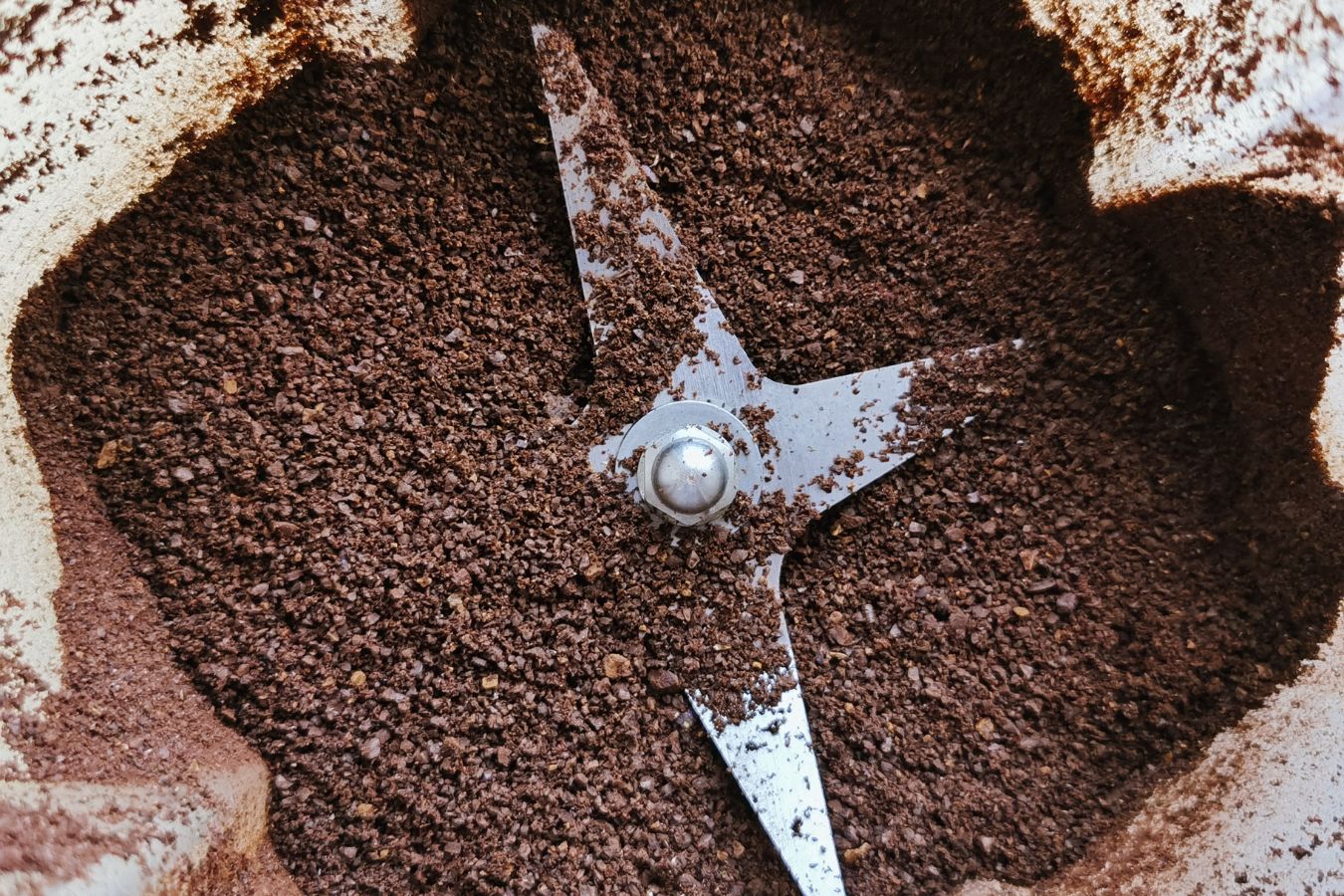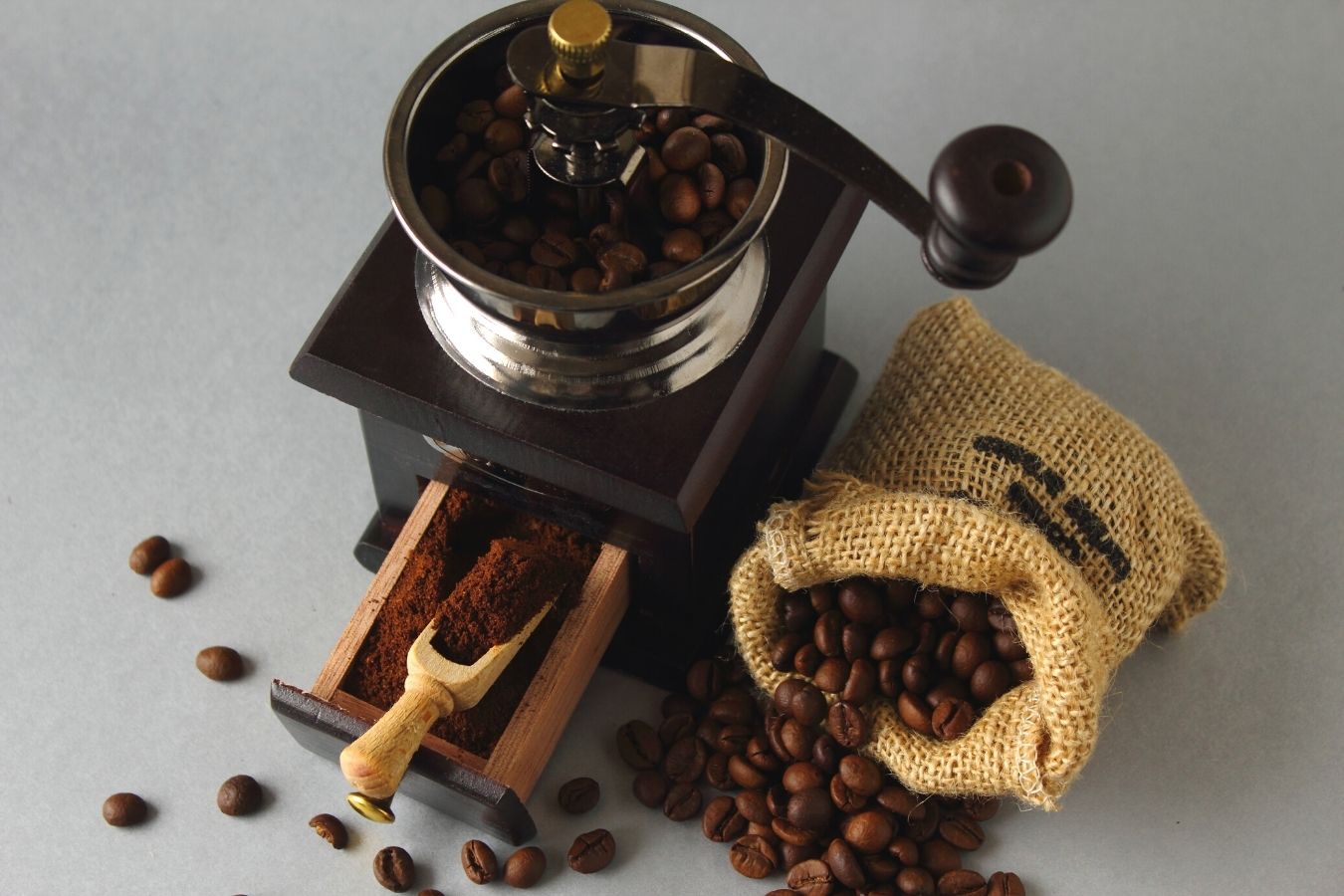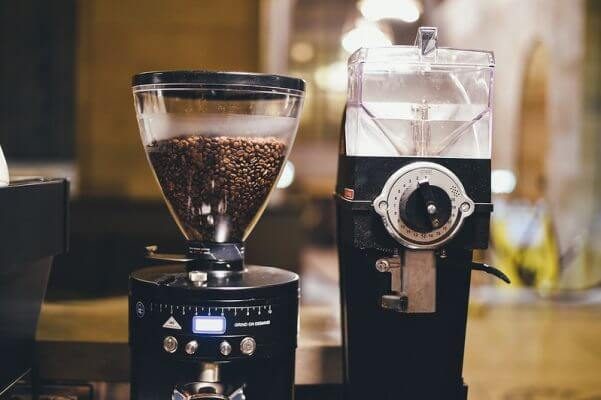
Food Processor Grind Coffee: Most people who grind their coffee beans at home own a coffee grinder specially designed for grinding beans. Others use spice grinders which also work pretty well. But what about a food processor grinding coffee? The short answer is yes.
You can use a food processor to grind coffee beans. The only difference is that it is best to grind a small batch of coffee beans at a time in a food processor.
Is a food processor suitable for grinding coffee beans?
Are you still shopping around for a good coffee grinder? If you crave a new caffeine fix from your whole beans, try using your food processor instead.

A food processor is an option, but “good” may depend on what we expect from ground size. It is hard for us to rely on the consistent fine ground with a food processor.
The type of processor that we have will also influence the ground size. Some blenders and processors have pulse settings – some don’t. However, it is faster than using a rolling pin, hammer, mortar, and pestle.
Food processor or Coffee grinder
Coffee grinders evenly chop coffee beans. The process is much faster than in a food processor. The best grinders, such as Burr grinders, have two blades.

A food processor chops, dices, and mixes many types of food. It has one main blade. While these appliances can help us with our coffee grinding needs, they require more time and elbow grease.
Due to the potential unevenness of food processed grinds, our cup of Joe from a real grinder usually tastes much better. The size of the ground affects how water extracts brew from it. To ensure we don’t start our busy days with a weak or bitter cup of coffee, we should opt for a grinder and save the processors for unique sauces and smoothies.
The process of grinding coffee with a food processor.
- Look for your food processor’s on/off buttons or the roughly equivalent “Low” and “High” speed buttons. Press the button five times, for 2 seconds each time. Start at a low speed to see how to find the coffee grinds.
- Rock the processor gently so that the particles at the top of the bowl fall near the blades, or tap the feet of the appliance gently on your work surface.
- Press the “High” button for about 30 to 45 seconds, and keep a close eye on the texture of the beans and any whole beans that were pushed to the side of the processor.
- If the grinds are about 1/8 inch across, with some finer particles, you don’t want it quite powdery.
- Time to remove the coffee ground
- Tap the processor cover to dislodge and lift off the lid and set it aside.
- Twist and lift the worktop bowl off the motor base.
- Shake the bulk of the ground beans into your French press carafe.
- For any residue left in the processor, use a pastry brush or a paintbrush to sweep out the remaining coffee grounds.
- That’s it, wash the food processor and remove all the oily residue from your food processor.
Other methods for grinding coffee beans
If you don’t have a food processor, there are still a few other options for grinding coffee beans using household appliances.

Blender:
Like a good processor, a blender uses the exact slicing mechanism to crush coffee beans. A Ninja blender coffee grinder will work just as well as any food processor as a Vitamix coffee grinding as an alternative.
To get a coarse ground, use the Pulse option a couple of times for 5-6 seconds each time. For a finer grind, blitz the beans in 10-second increments. Once again, it is essential to keep an eye on the beans to assess how acceptable the grounds are.
Mortar and Pestle:
If you are okay with going old-school and putting in some elbow grease, a mortar and pestle is a great way to grind coffee. This process releases some of the more fragrant oils from the coffee beans, giving your coffee a more robust and richer flavour.
